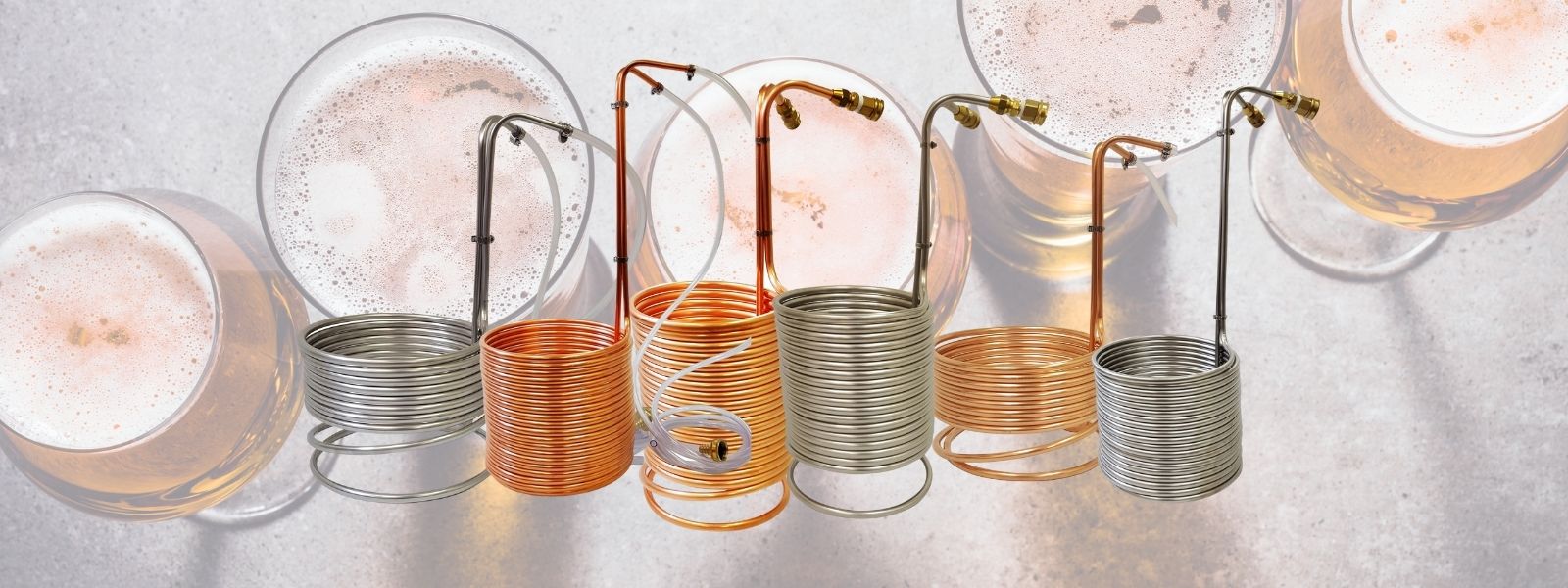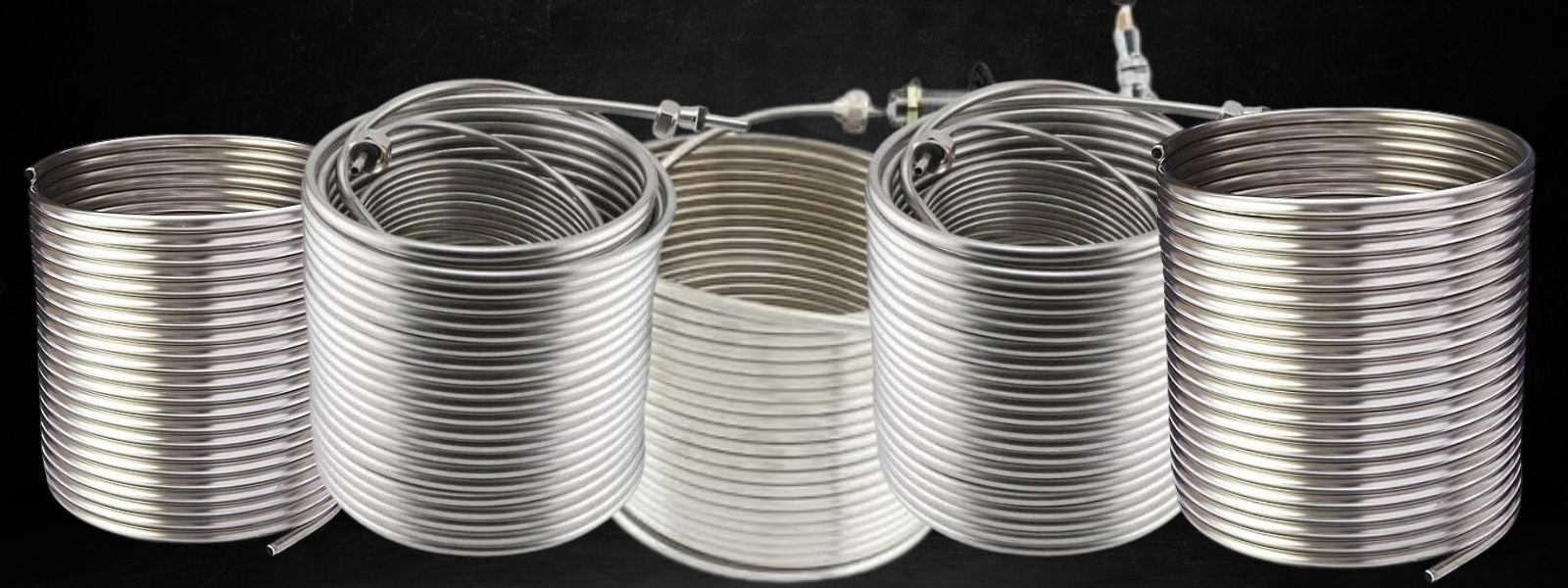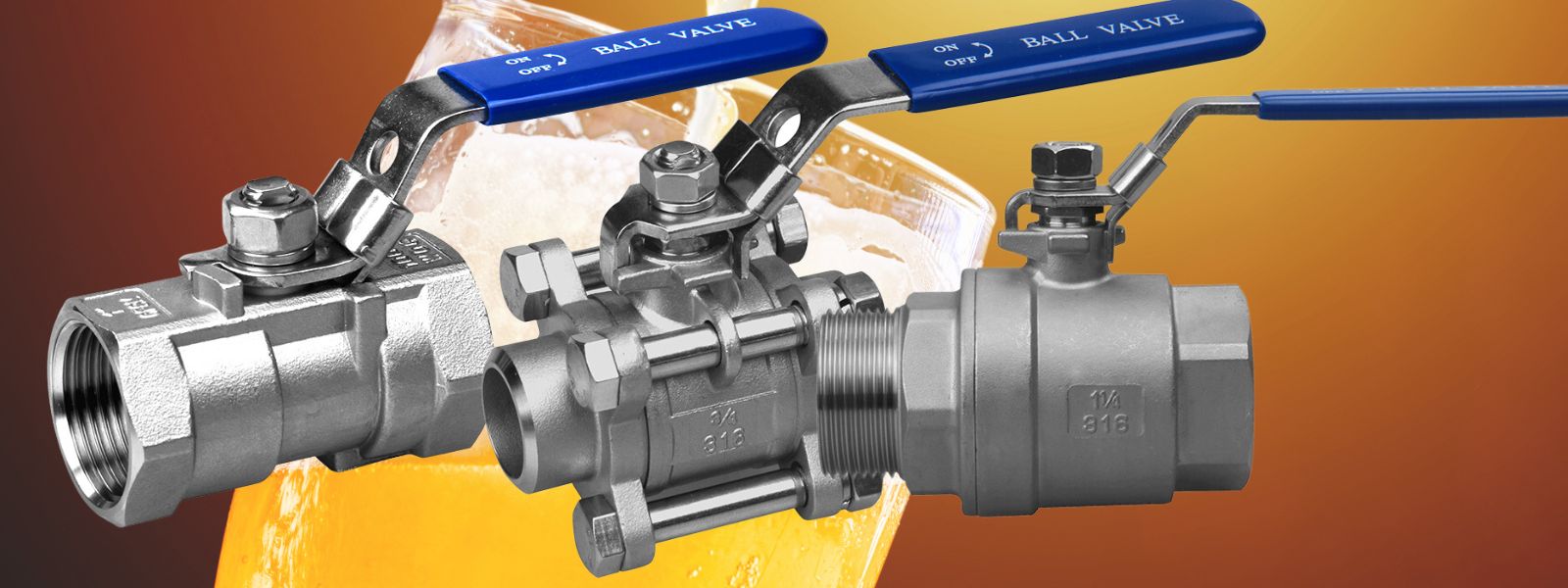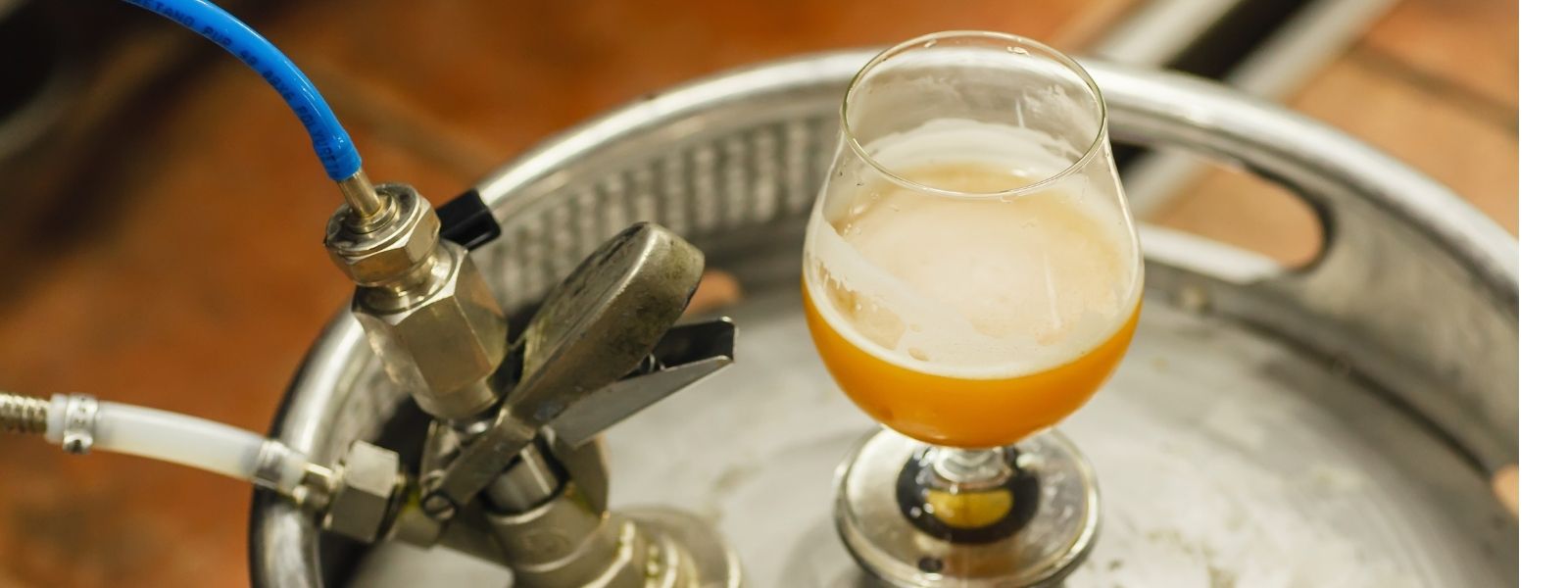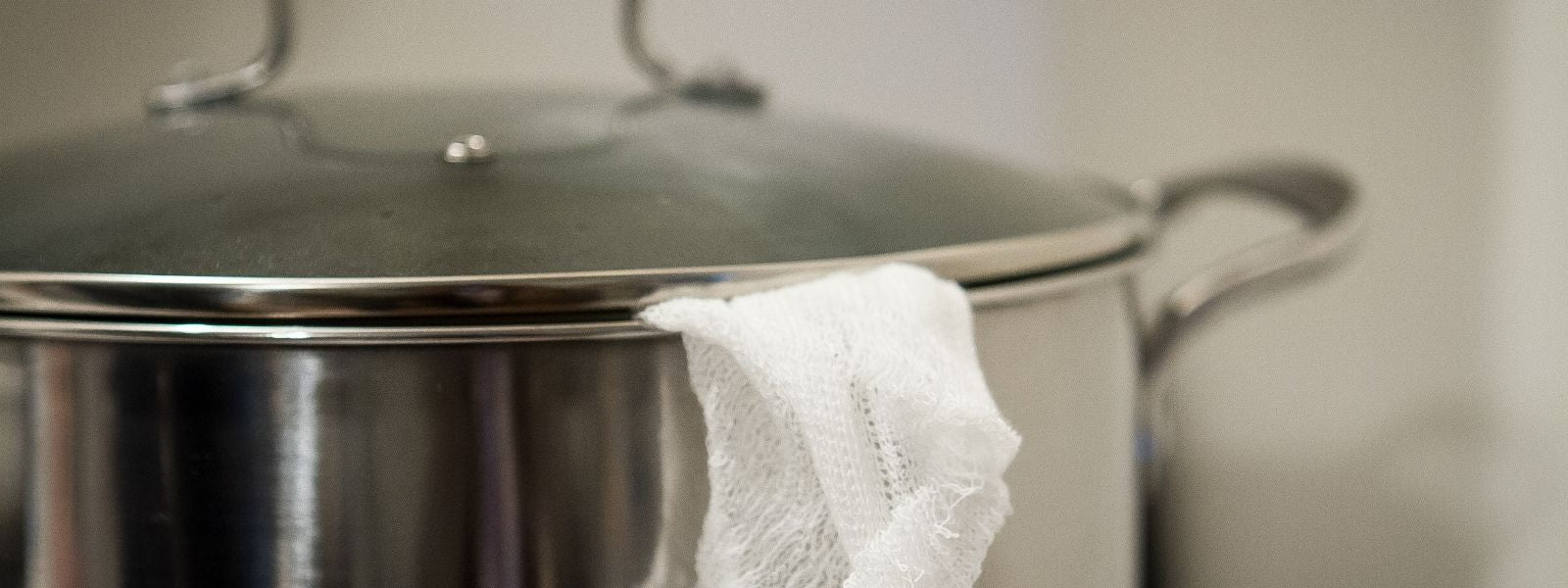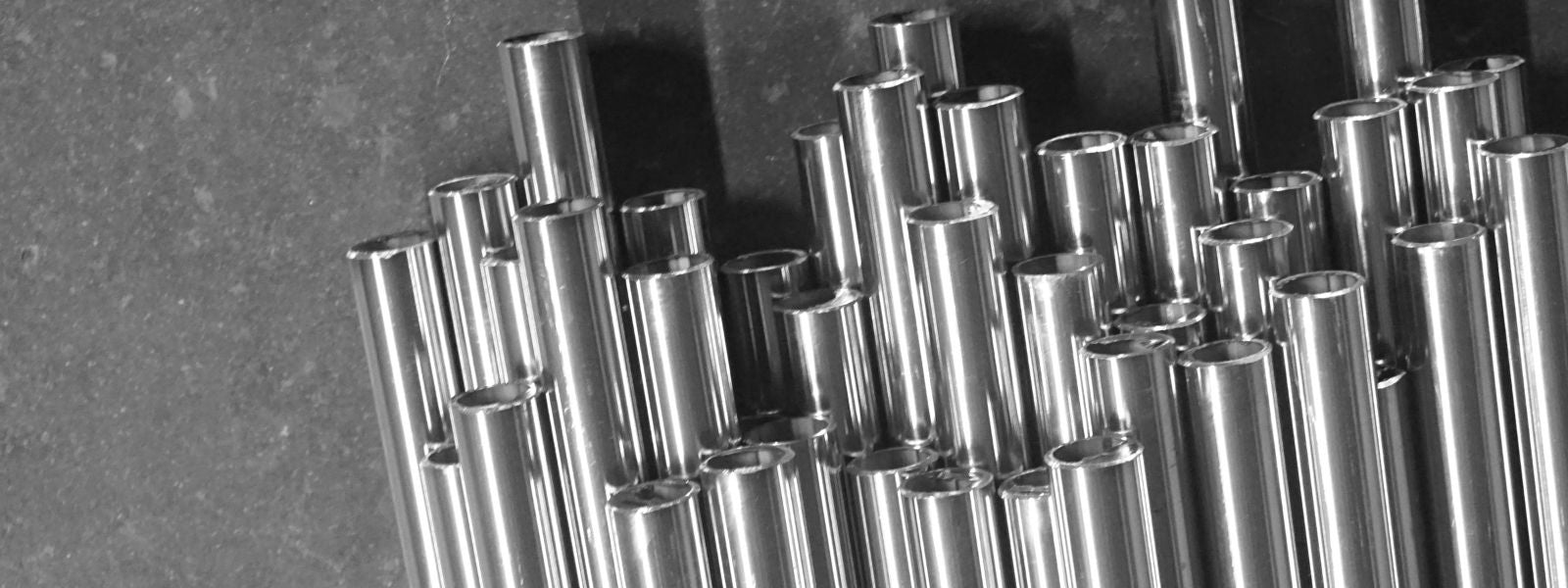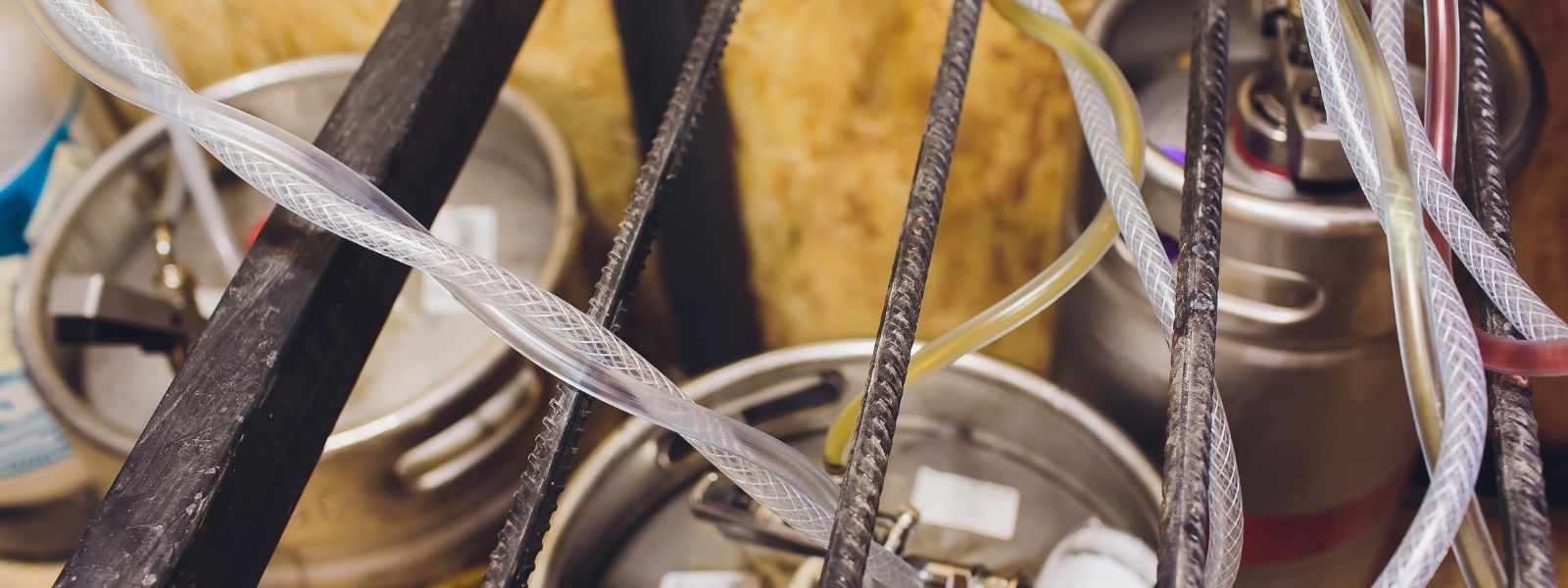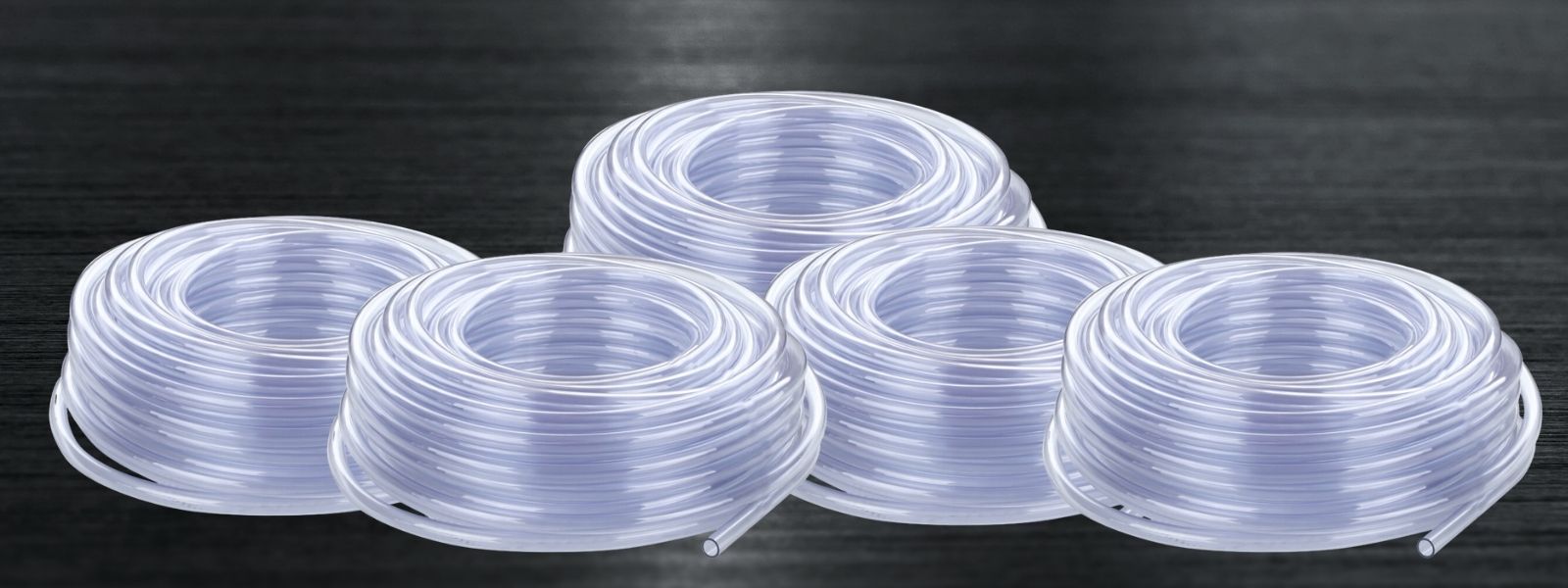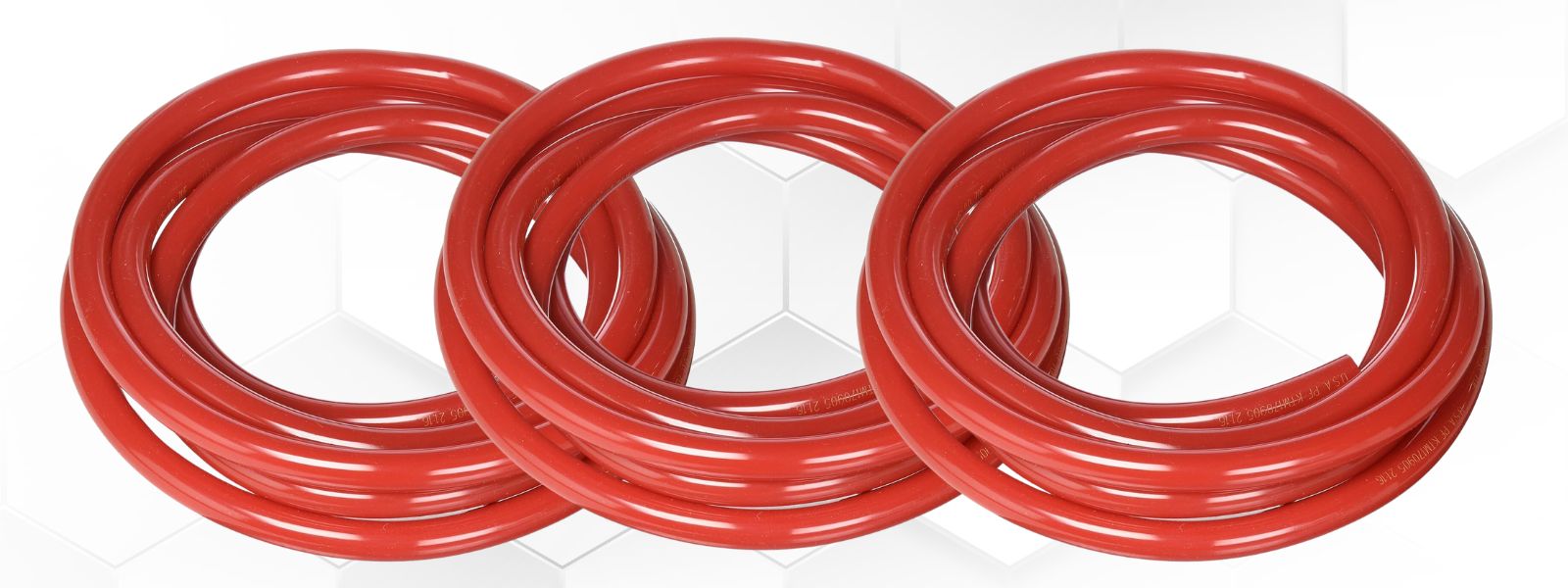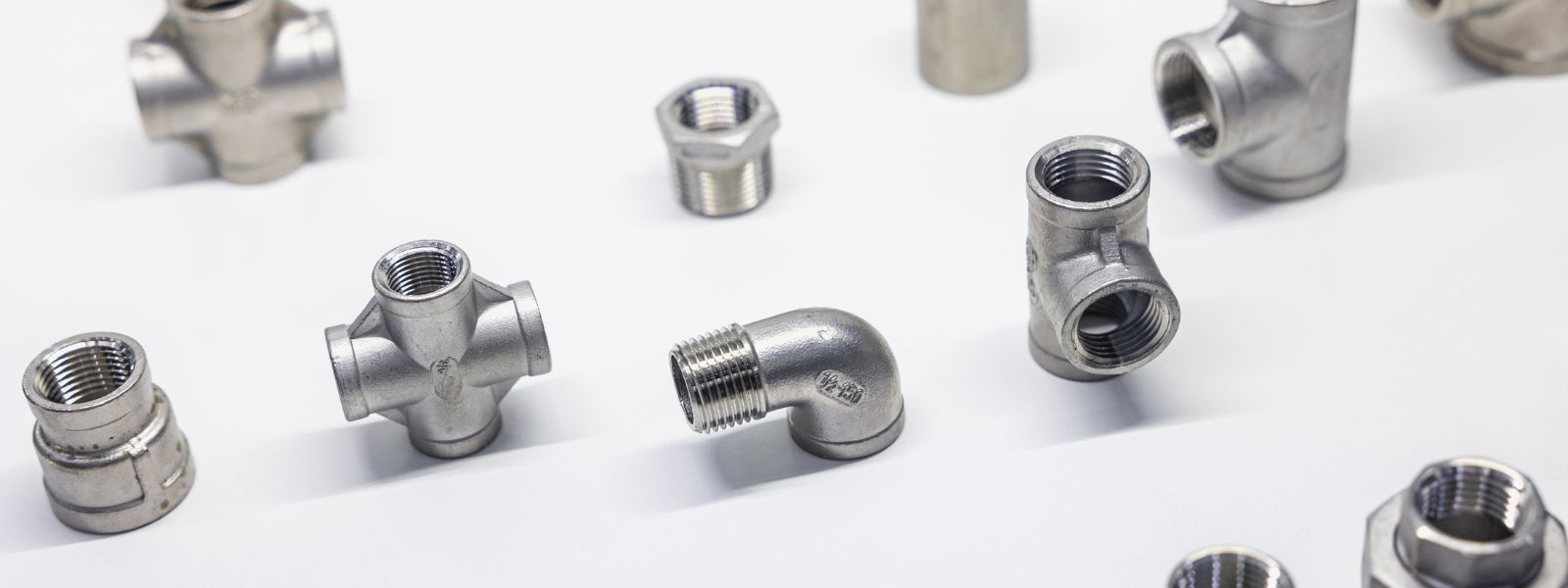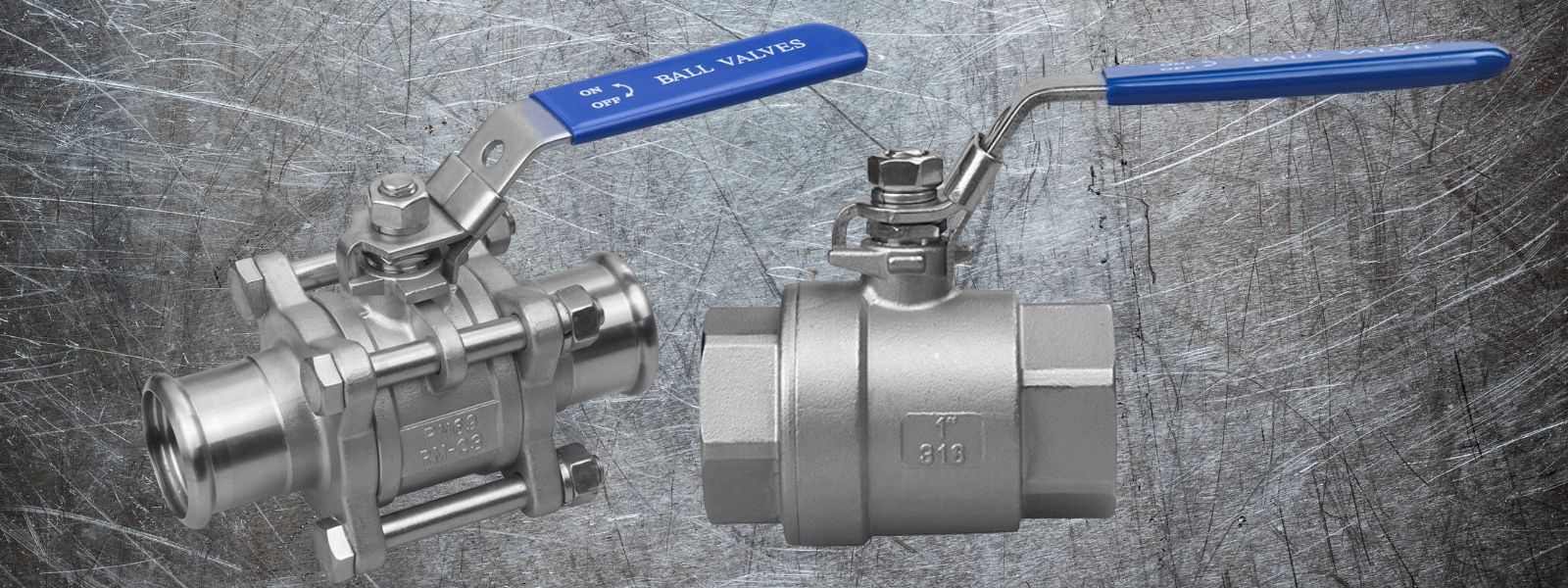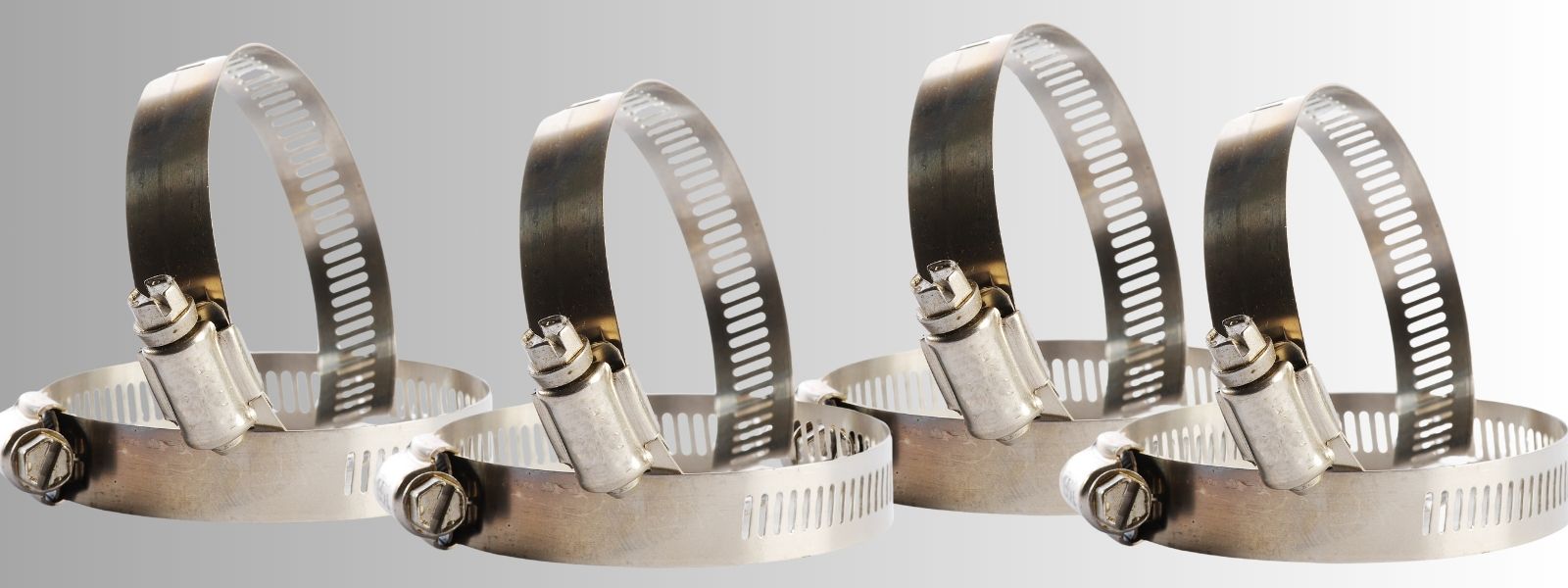- Heat Exchange Coils
- Dispensing
- Brewing
- Tubing
- Fittings & Clamps
-
Recently Viewed
You have no recently viewed items.

304 vs 316 Stainless Steel
The difference between 304 and 316 stainless steel tubing coils primarily lies in their composition, corrosion resistance, and typical applications. Here's a breakdown of each:
1. Composition:
-
304 Stainless Steel:
- Contains approximately 18-20% chromium and 8-10.5% nickel.
- It may also contain small amounts of carbon, manganese, silicon, phosphorus, and sulfur.
-
316 Stainless Steel:
- Contains around 16-18% chromium, 10-14% nickel, and 2-3% molybdenum.
- The addition of molybdenum is what sets 316 apart from 304, enhancing its corrosion resistance.
2. Corrosion Resistance:
-
304 Stainless Steel:
- Offers good corrosion resistance in many environments.
- Susceptible to pitting and crevice corrosion in chloride environments, such as seawater or coastal areas.
-
316 Stainless Steel:
- Superior corrosion resistance, especially against chlorides and other industrial solvents.
- The molybdenum content provides enhanced protection against pitting and crevice corrosion, making it ideal for harsh environments.
3. Strength and Durability:
- Both 304 and 316 stainless steels have similar tensile strengths, but 316 may have slightly better high-temperature strength due to the molybdenum.
4. Cost:
-
304 Stainless Steel:
- Generally more affordable than 316.
- Preferred when the environment isn’t too corrosive and cost is a consideration.
-
316 Stainless Steel:
- More expensive due to the additional alloying elements.
- Often chosen for environments where higher corrosion resistance is required, justifying the extra cost.
5. Applications:
-
304 Stainless Steel:
- Commonly used in kitchen equipment, sinks, tubing, and indoor architectural applications.
- Suitable for mild environments without heavy exposure to corrosive elements.
-
316 Stainless Steel:
- Preferred in marine environments, chemical processing, and industrial applications where corrosion resistance is critical.
- Used in medical devices, pharmaceutical equipment, and food processing due to its superior resistance to corrosion.
Summary:
- 304 stainless steel is widely used due to its good corrosion resistance and cost-effectiveness, suitable for general-purpose applications.
- 316 stainless steel is selected for its superior corrosion resistance, particularly in harsh environments with exposure to chlorides, making it more suitable for specialized or industrial applications.
The choice between 304 and 316 stainless steel tubing coils will depend on the specific environmental conditions and requirements of your application.
- Choosing a selection results in a full page refresh.

